1. If you could build a museum on the moon, what kind of a place would it be and what requirements would it have to fulfill?
Seen from Earth, the moon is a very beautiful and always a pleasing celestial body. Once there, however, lunar inhabitants would quickly realize how barren, monotonous and physically hostile their new “living realm” is. The moon has no water, no flowers and no animals; its sky is a deep black day in and day out, and there is no wind or rain, just an all-encompassing dead silence. If humanity wishes to survive up there in the long term, then it needs a reference to its original home, Earth. A museum on the moon would be just such a place; a place that can restore the relationship between the cradle of humanity, the beauty and diversity of life and this beautiful oasis in the dark cosmos. So, I think the first museum on the moon would be a museum dedicated to Earth ?.
2. Has a work of art ever influenced your view of astrophysics? If so, which work and to what extent?
I would say it was the other way around. Science has indirectly influenced my view of art, something of which I was initially extremely critical. A fellow student at the University of Vienna, Ulrike Kuchner, who is both an astrophysicist and an artist, was responsible for my change of heart. With her exhibition “Measuring Mistakes,” she illustrated that even astronomical calibration images of complex, high precision machines contain art. If I remember correctly, she told me that both art and science attempt to explain the world using different means. This idea still resonates for me today, and I have been trying to see art with different eyes ever since.
3. Museums are increasingly becoming public platforms that address social issues concerning the present and operate in interdisciplinary areas, as evident, for example, in the current Museion exhibition project. How do you think science and art can work together to ensure a sustainable future?
If we look at some of the United Nation’s 17 goals for sustainable development, including No Poverty, Zero Hunger, Good Health and Well Being, Quality Education, Gender Equality, Affordable and Clean Energy, Climate Action, Life Below Water and Life on Land, for example, it immediately becomes clear that these are transdisciplinary issues that affect all segments and layers of society equally. I believe that one of science’s strengths is its ability to recognize and identify problems based on reason and rationality and to outline possible approaches and solutions. These solutions, however, must not only find favor with citizens and decision-makers: they must result in action. They must be anchored and internalized to create a decisive transformation of society, that can support a sustainable future and endure. “Sustainability” is more of a cultural challenge than an environmental one. It is in this context that I think art has a decisive advantage over science insofar as it is able to shake up society, expand its horizons, render connections visible and break through old thought patterns to create new ones, and, above all, to enable a more emotional view of things. Art and science are mutually beneficial and nowhere is this more apparent than in museums.












